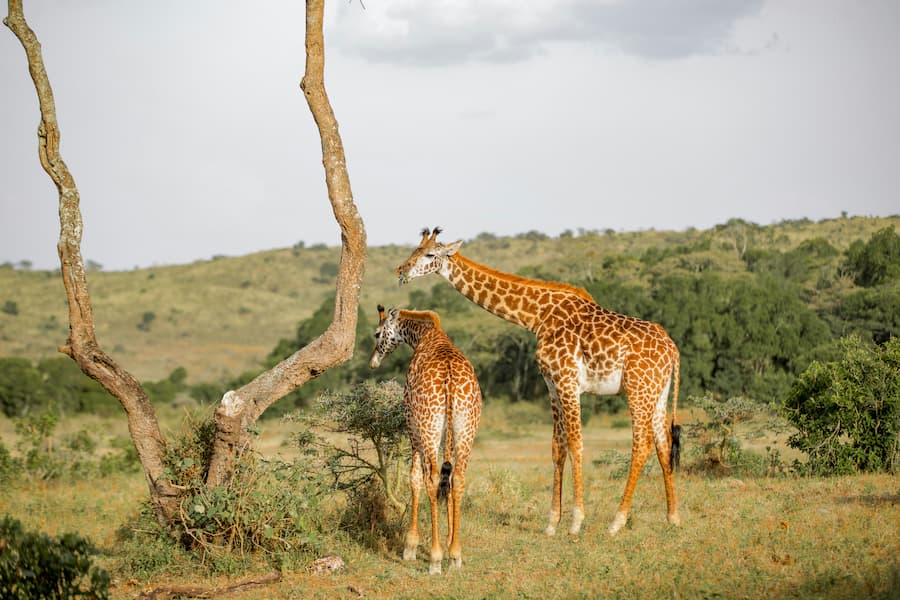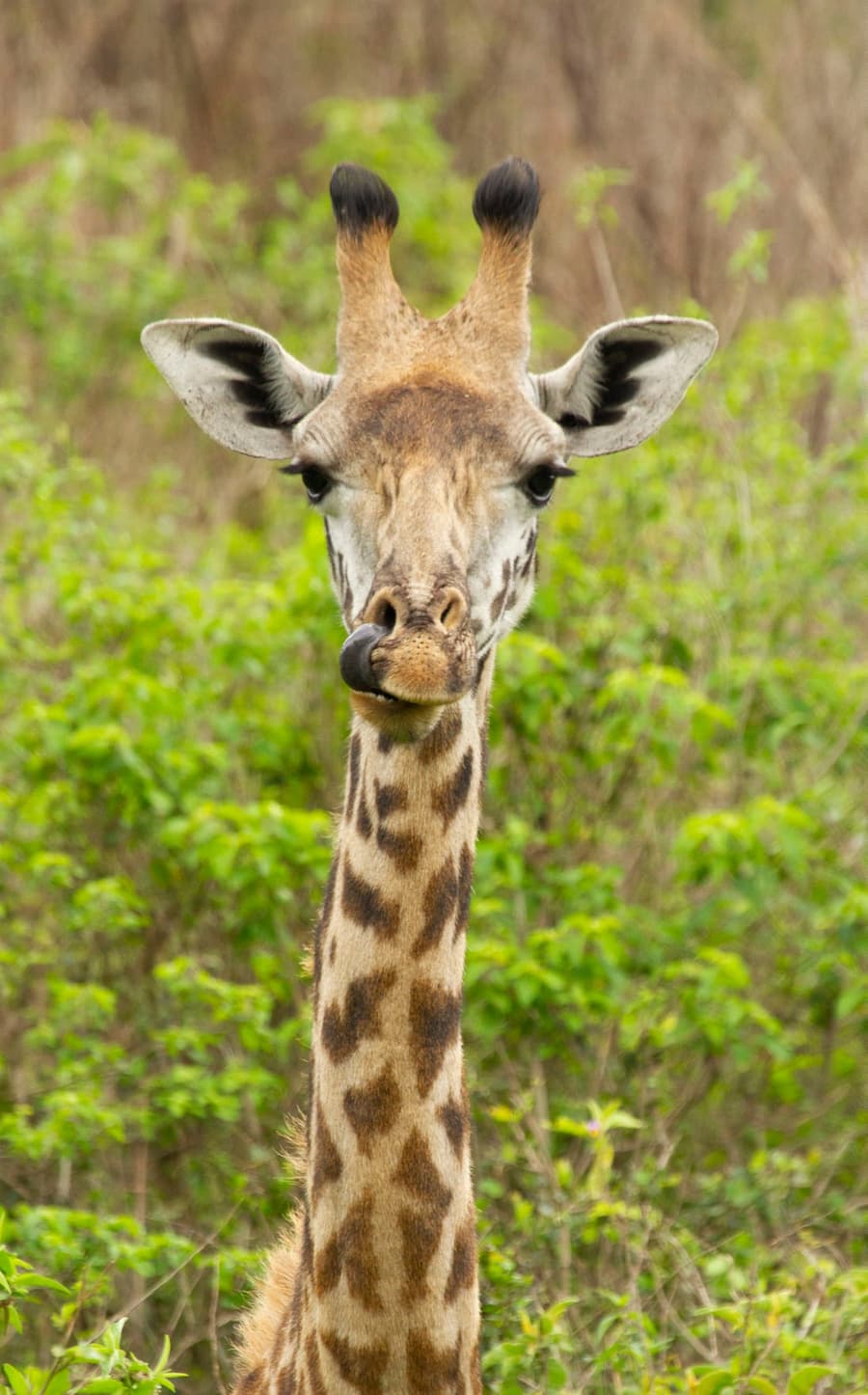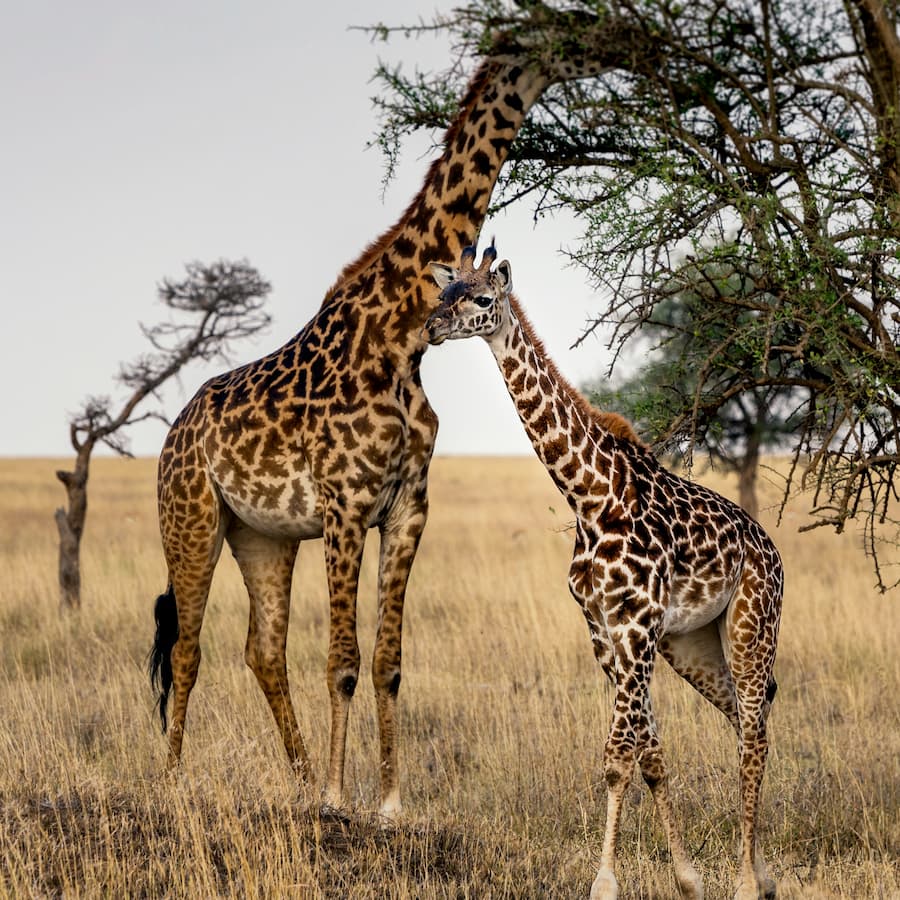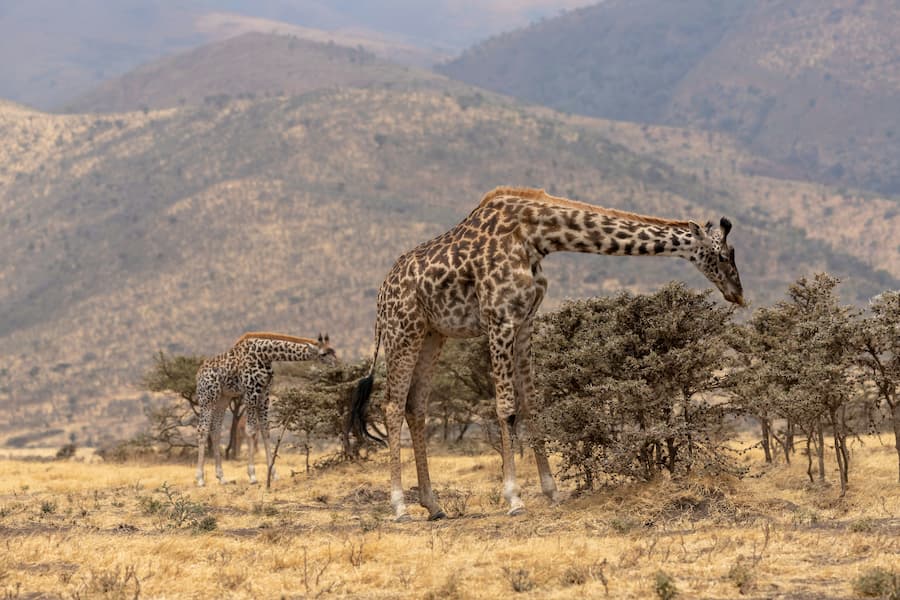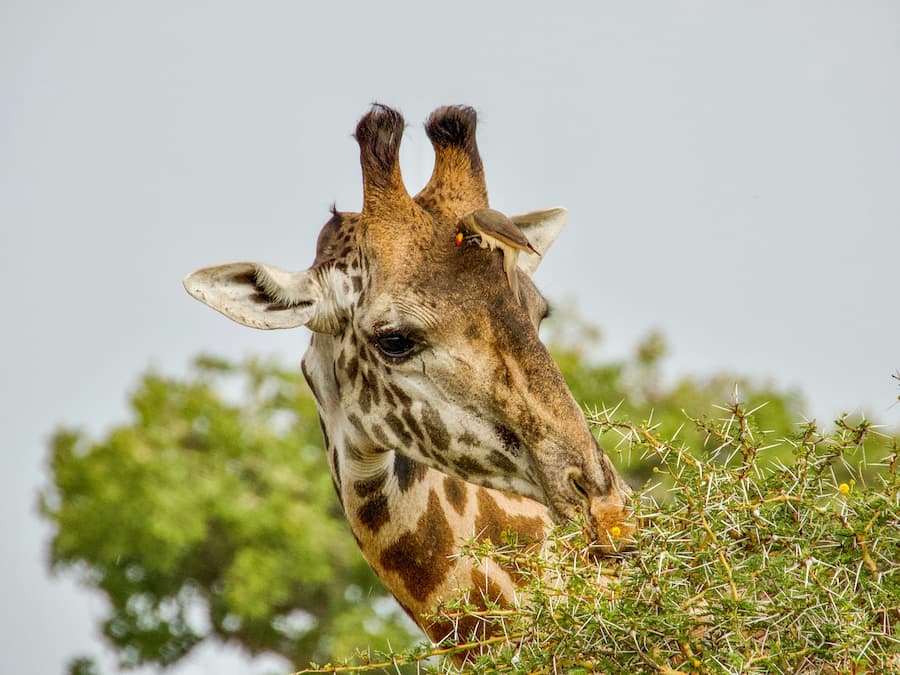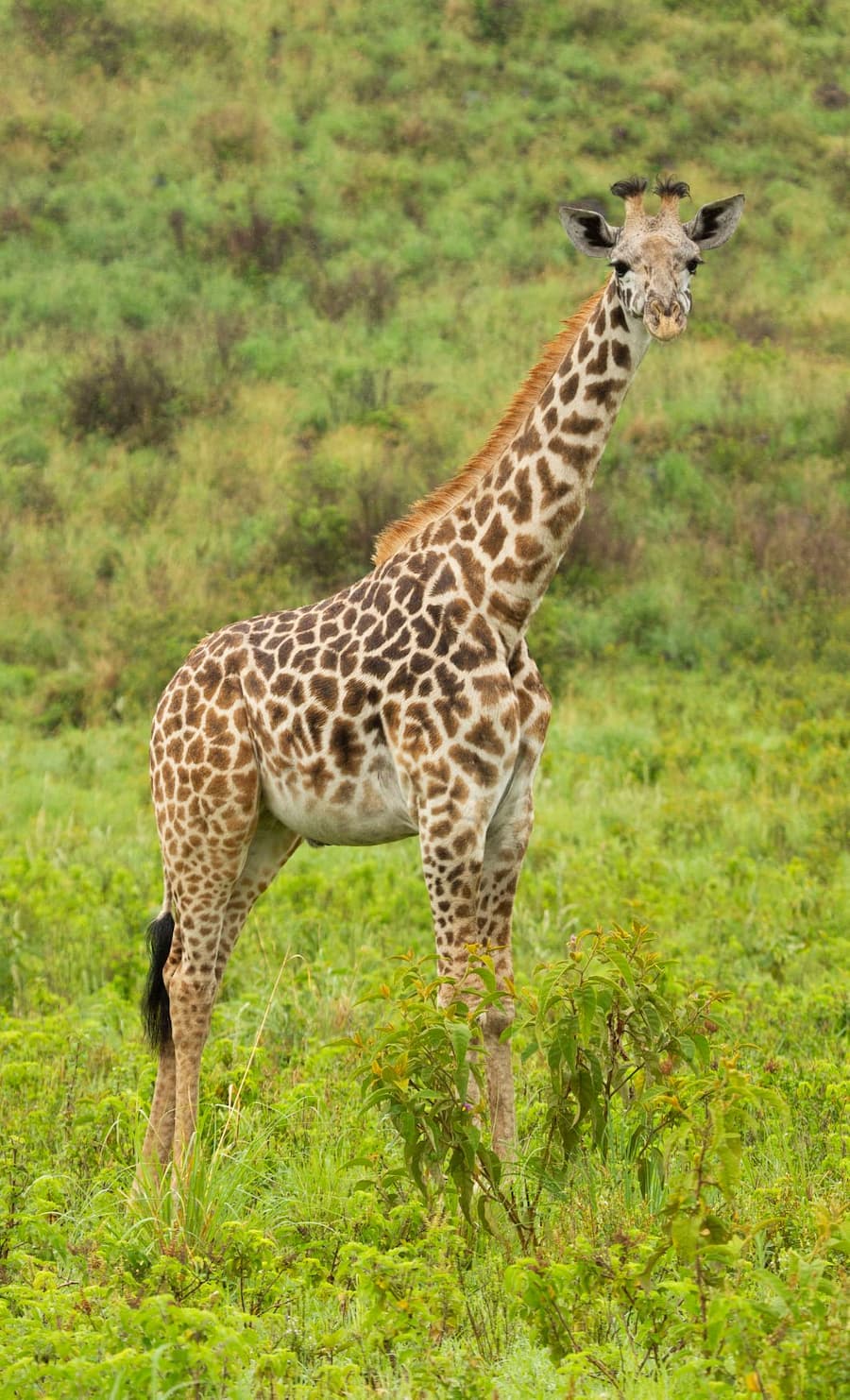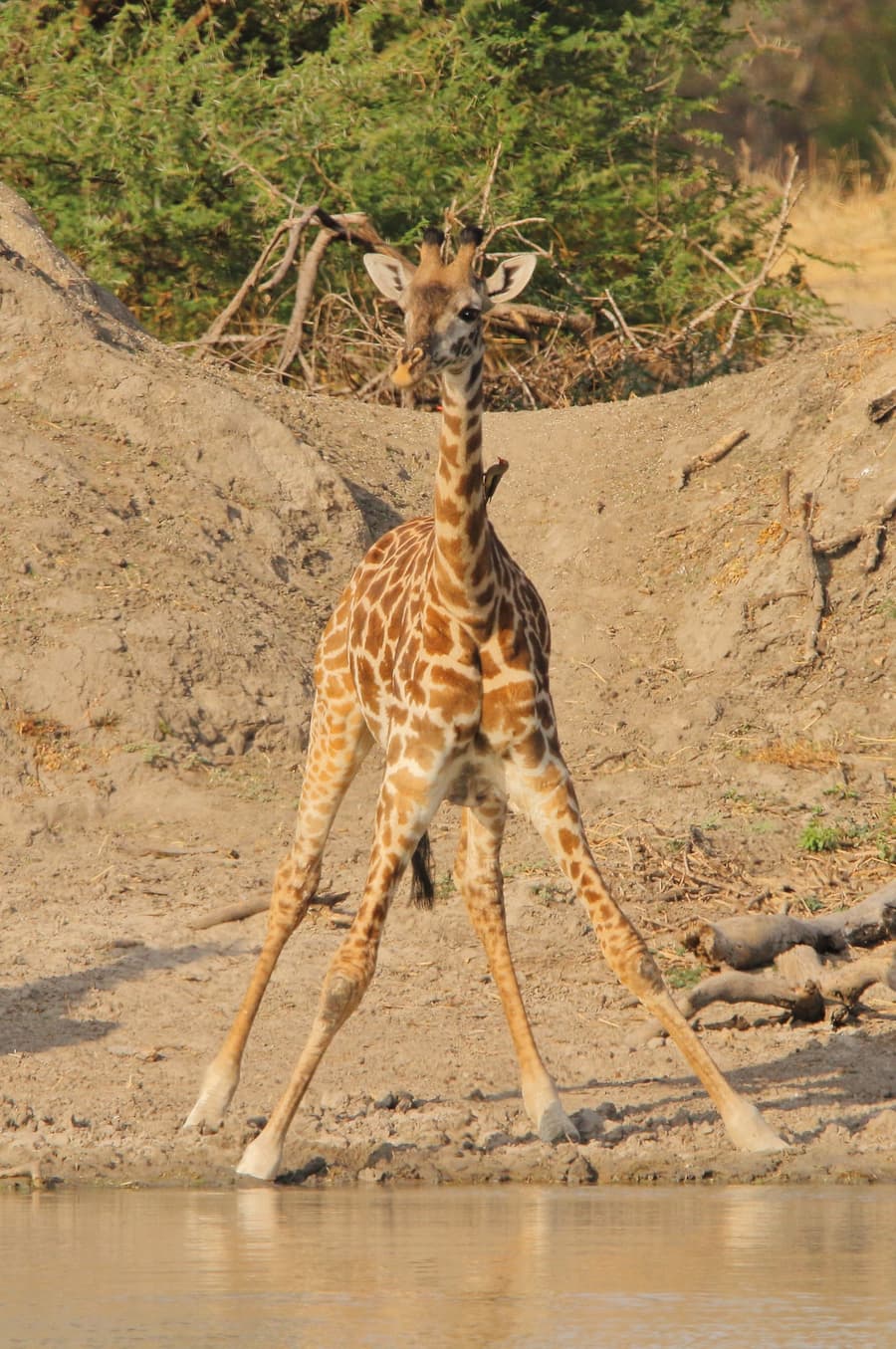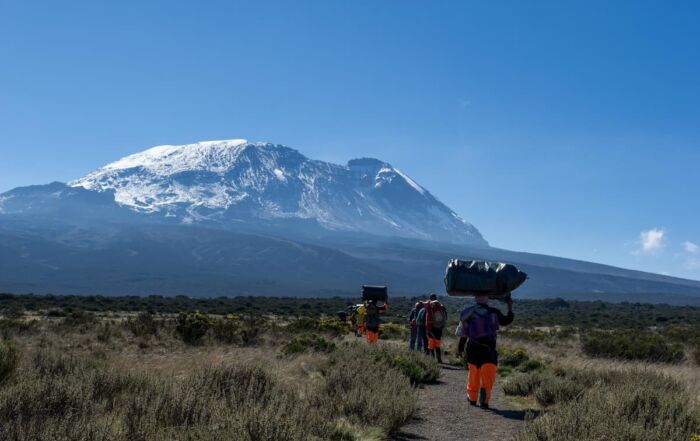Every year on the 21st of June, we celebrate World Giraffe Day, a special occasion established by the Giraffe Conservation Foundation (G.C.F.) to honour the tallest animals on Earth.
Among the four distinct species of giraffes, the Masai giraffe holds a special place as Tanzania’s national animal, protected under the Wildlife Conservation Act No. 5 of 2009. Despite these protections, their population in Tanzania has sadly declined from about 31,000 in 1986 to around 22,000 today, according to the IUCN.
To commemorate these majestic creatures, let’s dive into some amazing facts about giraffes:
- Distinct Species: There are four species of giraffes: Northern giraffe (Giraffa camelopardalis), Southern giraffe (Giraffa giraffa), Reticulated giraffe (Giraffa reticulata), and Masai giraffe (Giraffa tippelskirchi).
- Extinction in Some Regions: Giraffes are already extinct in at least seven African countries.
- Unique Patterns: Much like human fingerprints, no two giraffes have the same coat pattern.
- Dinner Plate Feet: Giraffe feet are about the size of a dinner plate, with a diameter of 30 cm.
- Long Tongues: Their tongues are bluish-purple and measure between 45 and 50 cm long.
- Ossicones at Birth: Both male and female giraffes are born with horns called ossicones. These lie flat and are not attached to the skull to prevent injury during birth, fusing with the skull later in life.
- Tallest Mammal: Giraffes are the tallest mammals in the world. Even newborn giraffes are taller than most humans.
- Dramatic Birth: Female giraffes give birth standing up, resulting in a 2-meter drop for the newborn, which can stand up within an hour.
- Drinking Challenges: A giraffe’s neck is too short to reach the ground. To drink, they must splay their forelegs and bend their knees.
- Infrequent Drinkers: Giraffes drink only once every few days, even when water is readily available.
- Blood Pressure Control: To protect their brains from sudden blood pressure changes when drinking, giraffes have elastic jugular veins with large one-way valves to manage blood flow.
- Gravity-Defying Blood Vessels: Their thick-walled, muscular blood vessels and tight skin on their legs act like compression socks to help blood return to the heart against gravity, a feature studied by NASA for space suit design.
- Powerful Heart: A giraffe’s heart weighs around 11 kilograms (almost 25 pounds) and has a resting heart rate of 40-90 beats per minute. Unlike other mammals, their heart is not larger but has a thicker muscle on the left ventricle to pump blood effectively against gravity.
Images by Annemarie Porter
On World Giraffe Day, let’s celebrate these incredible animals and raise awareness about their conservation. By understanding and appreciating their unique adaptations, we can better support efforts to protect and preserve these gentle giants for future generations.


